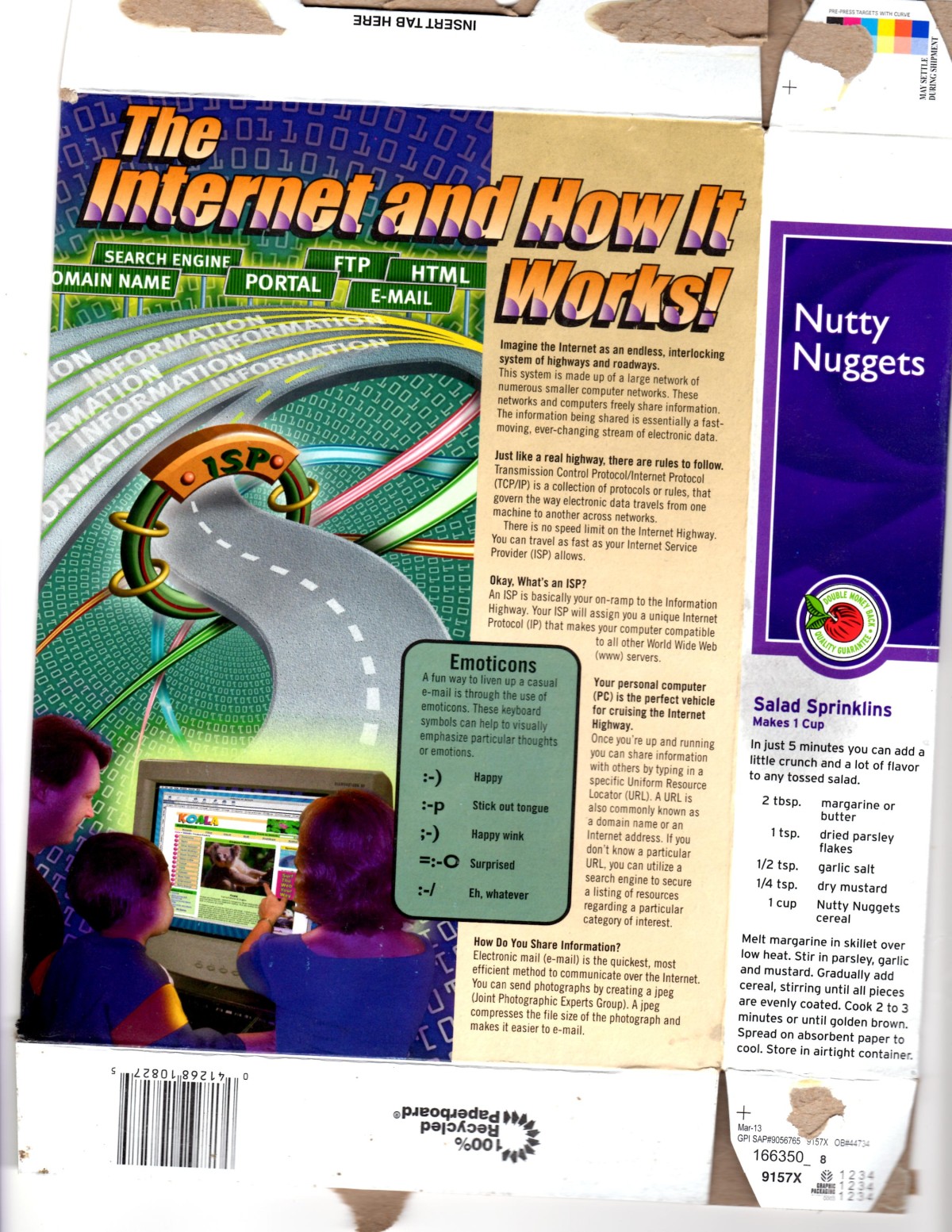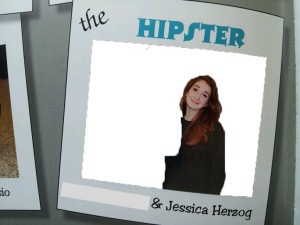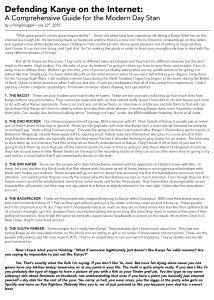merging the real and virtual
thoughts on: new conventions of display that alter the conditions for viewing art
“applications such as Instagram and Vine are also enabling new phenomenologies around the way art is encountered, experienced and considered.”
“what does it mean for us to encounter an artist’s work for the first time via Facebook or Instagram or Vine?”
maybe it has something to do with how we learn about art, through representations of art. we subconsciously assume that our works will be remembered by their documentation, rarely the actual work itself.
the museum also opens itself to new forms of public interpretation. This is a true form of institutional vulnerability.
“The museum building, you might say, is a certain platform for social interaction organized around viewing art. Transferring this concept to the Web is more complex: what if certain artworks from a museum are stolen, damaged, sold or repossessed? If these works disappear from the museum’s walls, what are the implications for that museum’s digital audiences? These works could still be displayed on its website. But something would be different.”
web design = museum curation
there is a thrill in the fact that what you see online exists in real life. the web as an alternative *option* is what makes it so exciting and widely accepted.
this can also be seen as a transition phase we are moving out of, as it is hard to maintain both ‘platforms’, probably for many reasons.






